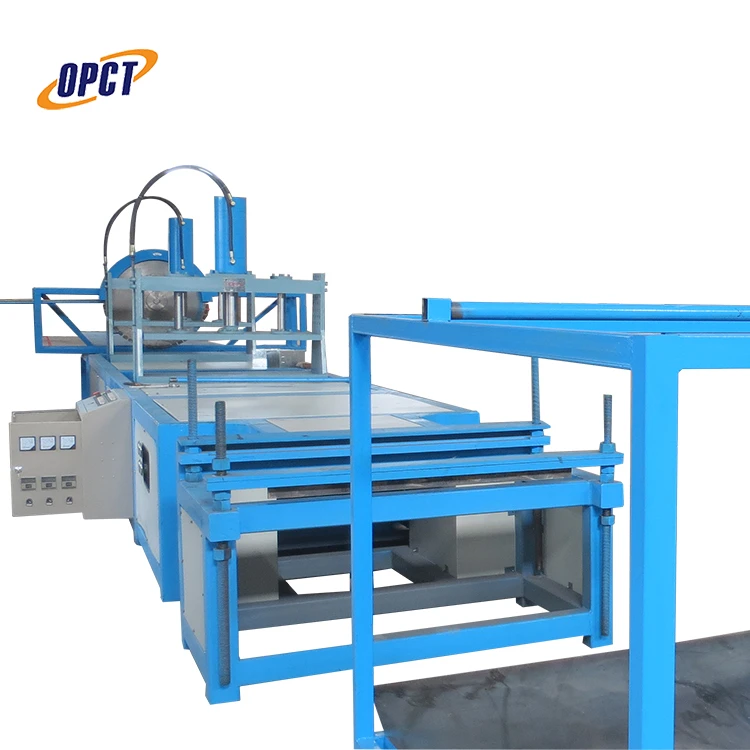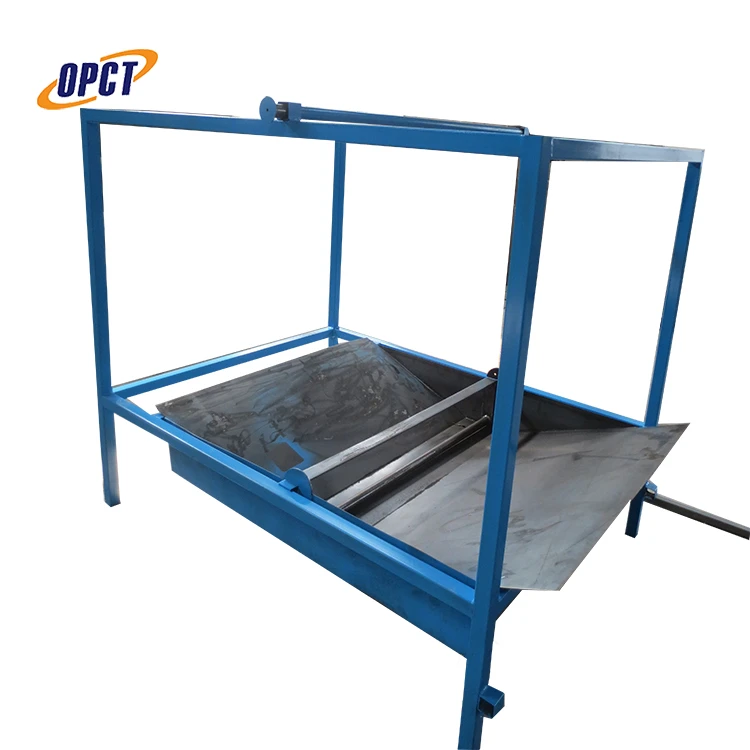FRP (Fiber Reinforced Plastic) ladder trays have emerged as a powerful alternative to traditional cable management solutions, offering remarkable versatility and durability. These products are designed to efficiently support and organize electrical cables in diverse environments, providing substantial advantages over their conventional counterparts like steel and aluminum.

The emergence of FRP ladder trays signifies a significant development in infrastructure and building management. Their composition involves a perfect amalgamation of fiberglass reinforcements and resin materials, creating a product that is incredibly resilient to various environmental factors. Unlike metal alternatives, FRP ladder trays are particularly resistant to corrosion, a leading cause of degradation in metal trays. This corrosion resistance renders these trays an ideal solution for industries located in coastal areas or those exposed to harsh chemical environments.
Electricians and project managers who actively incorporate FRP ladder trays into their projects often echo sentiments of satisfaction regarding installation and maintenance. These trays, being lightweight, lead to easier handling and reduced labor costs. One qualified electrical engineer noted the long-term cost-effectiveness brought about by the negligible need for maintenance, further boosted by the trays' extended lifespan. Furthermore, their installation does not require welding, a process often fraught with labor-intensive complications and increased time expenditure; instead, they utilize simple joint kits, thus significantly reducing labor time.

From a safety expertise standpoint, FRP ladder trays offer a non-conductive solution which enhances the overall safety of electrical installations. This non-conductivity is particularly valuable in settings inundated with electrical hazards, such as chemical plants or refineries, where the risk of electric shock poses constant concern. Another key safety attribute of FRP is its low thermal conductivity compared to metal, meaning it does not conduct heat as efficiently—an important factor in environments where managing operational heat is crucial.
Authoritative industry analyses highlight that FRP ladder trays are acutely designed to withstand significant mechanical stresses without deformation. This robustness assures engineers and project managers of their structural integrity during unexpected events such as earthquakes or factory accidents, where material failure could lead to catastrophic outcomes.
frp ladder tray
Moreover, the adaptability of FRP to custom design specifications allows it to meet precise industry needs adeptly. Engineers have praised their ability to be tailored in terms of thickness, shape, and resin composition to suit specific project requirements—whether for indoor installations, tunnels, or industrial applications exposed to extreme outdoor conditions. This adaptability signifies that FRP ladder trays are as valuable in specific niche applications as they are in large-scale industrial projects.
Trust in FRP ladder trays has burgeoned as more safety certifications and compliance with international standards validate their reliability. Organizations such as the American Society for Testing and Materials (ASTM) have set rigorous benchmarks for these materials, applying their authoritative weight to ensure these products meet the required safety and performance criteria extensively. Compliance with such standards not only affirms product quality but reassures clients and stakeholders about the safety and efficacy of their installation choices.
In further evaluating the application of FRP ladder trays, environmental sustainability emerges as a critical component. The production of FRP involves a lower environmental footprint compared to metals that require intensive mining and production processes. Additionally, their longevity alleviates the environmental impact associated with frequent replacement and disposal. Sustainable practices enhance an organization's corporate responsibility profile, serving as an enduring asset in brand and reputation management.
Real-world experience demonstrates that FRP ladder trays constantly undergo innovation and improvement, driven by industry research and technological advances. The ongoing development of advanced resins and composite technologies continues to push the boundaries of FRP capabilities, offering even more specialized solutions to complex engineering challenges.
In summary, selecting FRP ladder trays as a cable management solution encapsulates a commitment to quality, safety, and forward-thinking progress, informed by substantial experience, expertise, authority, and trust in their design and application. Whether for new constructions, retrofits, or specialized industrial applications, the benefits of FRP ladder trays are compelling and enduring, solidifying their position as a dominant force in modern infrastructure management.




